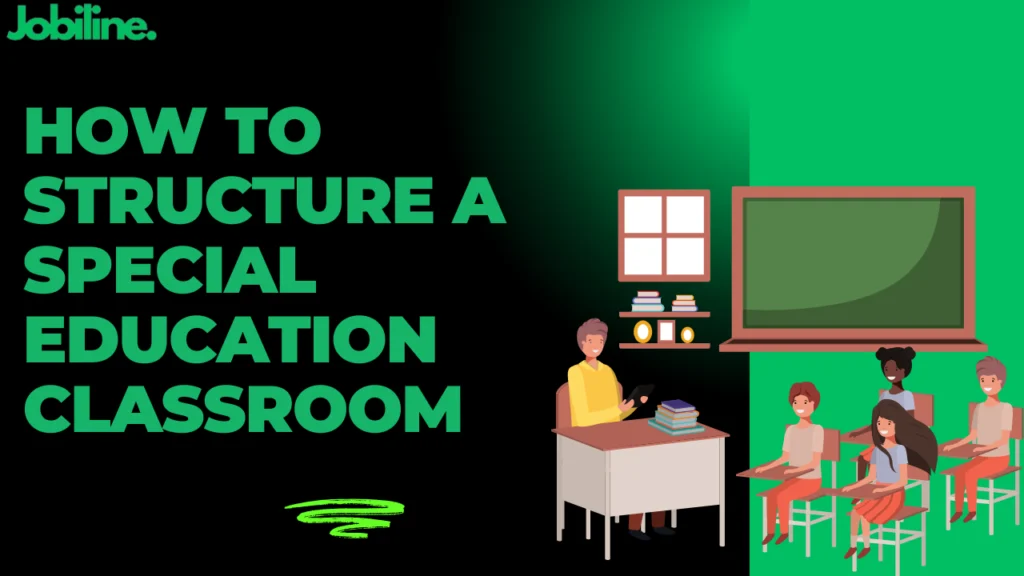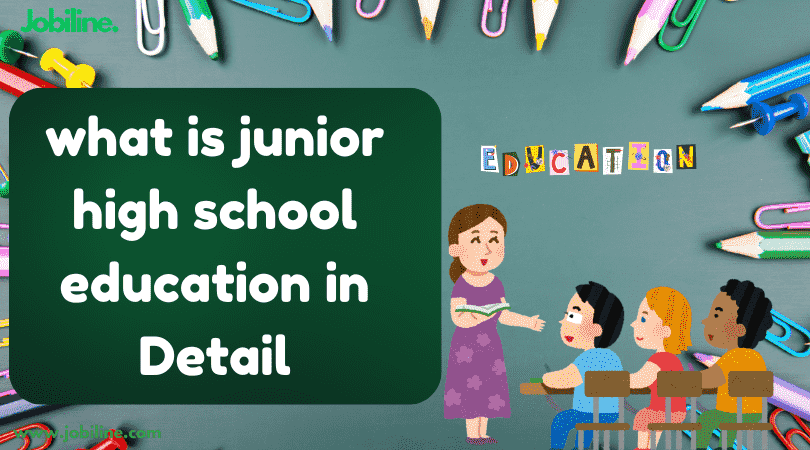In today’s comprehensive classroom environment or general education, teachers are more and more responsible for teaching students with diverse learning needs, including those with special educational requirements. To succeed in this role, it’s essential to integrate special education strategies that support all the students. This blog will research the Top special education tips for general education teachers, providing practical tips and insights to help educators create a comprehensive learning environment.
Understanding Special Education in General Education
What is Special Education?
Special education refers to a tailored didactic program designed to meet the unique needs of students with injuries. These students may require additional support in separate forms, such as modified curriculum specialized teaching techniques, and assistive technology. For general education teachers, understanding these needs and collecting useful strategies is key to ensuring all students have an equal opportunity to succeed.
Top Strategies for General Education Teachers
1. Differentiated Instruction
Differentiated instruction involves adjusting lessons to meet the diverse needs of students in your classroom. This may include changing teaching methods, modifying assignments, or offering multiple ways for students to be exposed to understanding.
Example: If you are teaching a math lesson you could provide visual aids for visual learners hands-on activities for kinesthetic learners and verbal explanations for auditory learners.
2. Positive Behavior Support (PBS)
PBS is a proactive approach to behavior management that focuses on progressing positive behaviors rather than punishing negative ones. This strategy is unusually effective for students with behavioral challenges.
Implementation Tip: Establish clear, consistent rules and routines in your classroom. Tribute students when they follow these rules and offer incentives for positive behavior.
3. Universal Design for Learning (UDL)
UDL is an educational framework that emphasizes the use of soft learning environments to contain individual learning differences. It boosts teachers to provide multiple means of representation, expression, and engagement.
Example: Use a variety of teaching materials such as videos, texts, and interactive activities, to cater to different learning styles.
4. Collaborative Teaching
Collaborative teaching involves working very closely with special education teachers or other specialists to plan and best way to deliver lessons. This teamwork allows for a more personalized approach to instruction
Collaborative Tip: Regularly meet with special education staff and management to discuss student progress and boost strategies as needed.
5. Use of Assistive Technology
Assistive technology can be a game-changer for students with disabilities. Tools like text-to-speech software, e-learning apps, interactive whiteboards and specialized apps can help students overcome learning barriers.
Recommendation: Incorporate these technologies in education and into your daily teaching to support students with specific learning needs.
How to Structure a Special Education Classroom

A well-structured classroom is essential for managing the diverse needs of students with special education and boosting confidence requirements. Proper organization and a very clear structure can significantly enhance students’ ability to focus on Goals and learn very well.
Classroom Setup: Design and manage your classroom with clear areas for different interesting activities, such as a reading corner, a space for group work, friendly behavior, and a peaceful area for individual tasks. Use visual schedules to help students understand the daily routine.
Organizational Tools: Implement tools like termed, color-coded materials, and personalized spaces for each student to keep the classroom organized very well. This not only helps in managing the classroom but also teaches students essential boost organizational skills.
Why Organization is Important for Special Education Teachers
Organization is a cornerstone of effective special education teaching. A well-organized classroom reduces trouble, increases independence, and helps students feel safe, relaxed, and understood.
Daily Routines: Establishing, managing, and maintaining a consistent daily routine is crucial. Students with special needs often thrive on identity, and a structured environment can help them feel more secure and relaxed.
Preparation: Being organized allows teachers to be better prepared for the unique challenges, and solve problems that may arise. It ensures that all tools and resources are readily available, reducing downtime and keeping students engaged and relaxed.
Integrating Technology in Special Education
Technology plays a very important role in the modern education system, offering many innovative ways to engage students and contain diverse learning needs.
Inclusion Tip: Use interactive software and educational apps to create an engaging, useable learning environment. For more insights on the role of technology in education, read our article on the We Use Technology in Education.
Addressing Challenges in Junior High School Education

Challenge Tip: Offer additional emotional and academic support during this transition and collaborate with parents and family to ensure consistency between home and school.
For more on managing challenges in junior high education, you can check out this article on Junior High School Education: Definition, Benefits and Challenges.
Conclusion
Integrating special education strategies plans into a general education classroom can seem alarming but with the right approach, it can lead to a more comprehensive and successful learning environment for all students and management. By using differentiated instruction, technology, collaborative teaching, and maintaining a well-organized classroom, general education teachers can effectively support students with special and basic educational needs.
FAQs
Assistive technology helps students with disabilities access the curriculum, participate in classroom activities.
Regular communication, joint lesson planning, and shared responsibilities in the classroom are key ways to collaborate effectively with special education staff.
Positive behavior support focuses on reinforcing good behavior and creating a positive learning environment, which is especially beneficial for students with behavioral challenges.
Universal Design for Learning is important because it provides a flexible learning environment that accommodates individual learning differences, ensuring that all students have equal access to the curriculum.





